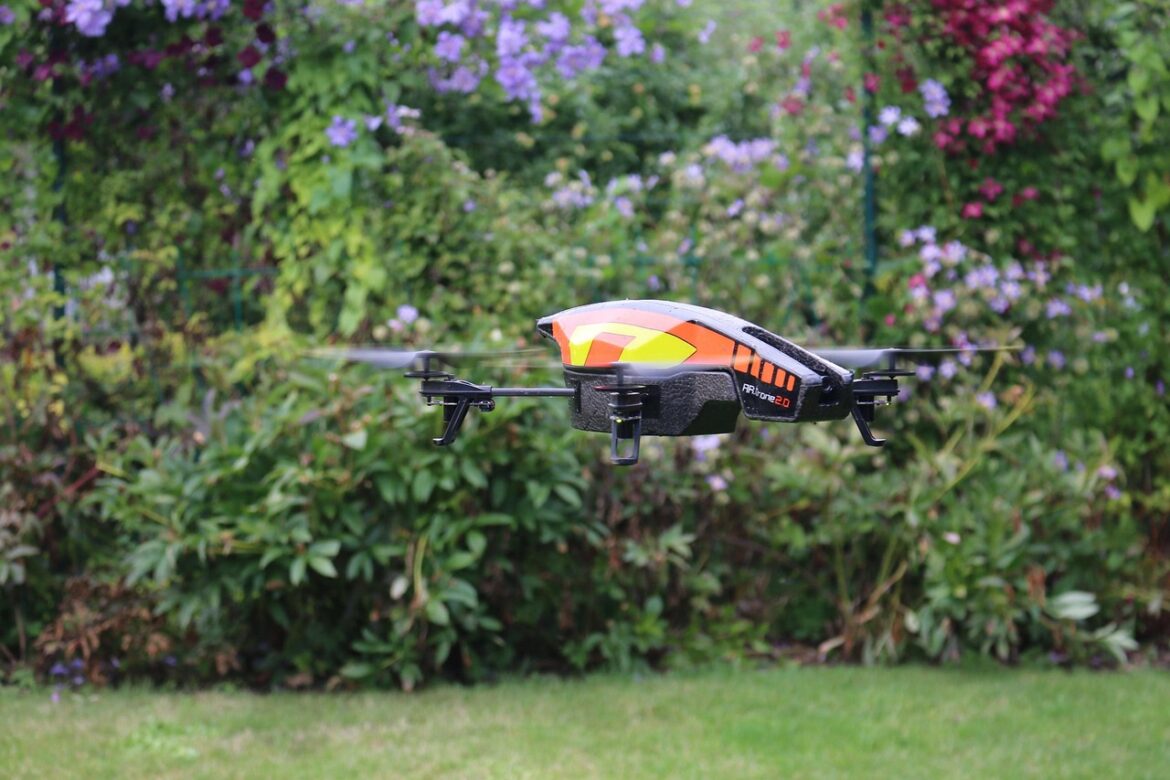Introduction to Engineering Hardware Trends 2025
As we step into 2025, the world of engineering is witnessing a revolution like never before. From AI-designed bridges to self-healing materials, cutting-edge technologies are transforming how we build, innovate, and live. In this article, we’ll explore the top engineering hardware trends that are changing the game. Whether it’s enhancing productivity or pioneering new industries, these developments are redefining the future of engineering.
The Era of Innovation
The year 2025 is marked by an unprecedented convergence of artificial intelligence (AI), advanced materials, and innovative manufacturing techniques. Engineers are no longer just building structures; they’re creating smart, adaptive systems that interact with the environment in real-time. This shift is not just about solving current problems but about imagining a future where technology seamlessly integrates with nature and human society.
Trend 1: Augmented Reality (AR) in Manufacturing
Augmented reality is revolutionizing how we work in manufacturing. Imagine a factory where instructions are projected onto the workbench, guiding operators through complex tasks without them needing to look away from their work. AR isn’t just about enhancing productivity; it’s also about safety. By overlaying vital information about machinery and safety protocols directly onto the workspace, AR reduces the risk of accidents and ensures that workers stay focused and informed.
- Practical Applications:
- AR is used to replace paper manuals with digital instructions, making it easier to update and distribute new manufacturing guidelines.
- It enhances safety by providing real-time information about machine status and potential hazards.
Trend 2: High-Bandwidth Memory (HBM) for AI Infrastructure
High-Bandwidth Memory is becoming the backbone of AI infrastructure, particularly with the surge in demand for high-performance computing. HBM provides the speed and efficiency needed to handle complex AI models, making it crucial for applications like real-time data analysis and machine learning. Major tech companies are ramping up HBM production to meet the growing need for AI-driven technologies.
- Key Developments:
- HBM revenue is expected to double by 2025, highlighting its critical role in AI infrastructure.
- Companies like Samsung and Micron are leading the charge with advancements in HBM3E and HBM4.
Trend 3: Quantum Computing for Complex Problem-Solving
Quantum computing is on the cusp of transforming industries by solving problems that are currently impossible for traditional computers. This technology leverages quantum mechanics to process information exponentially faster, making it a game-changer for fields like cryptography, drug discovery, and climate modeling. While still in its early stages, quantum computing holds immense potential for future breakthroughs.
- Real-World Impact:
- Quantum computing can crack even the most secure encryption codes, changing the landscape of cybersecurity.
- It can accelerate the discovery of new medicines by simulating molecular interactions at unprecedented speeds.
Trend 4: Generative AI in Design and Automation
Generative AI is revolutionizing the way we design and automate processes. By creating highly sophisticated models and simulations, AI is enhancing productivity across industries. From generating complex designs in minutes to automating routine tasks, generative AI is making businesses more efficient and innovative. As leaders in engineering and technology increasingly adopt AI, it’s clear that this trend will continue to shape the future of work.
- Applications:
- Generative AI can create sophisticated digital models for urban planning and architecture, streamlining the design process.
- It can automate tasks like data analysis and reporting, freeing up human time for more strategic decisions.
Trend 5: Advanced Engineering Software for Complex Systems
Software platforms like Nominal are transforming how engineers develop and test complex systems. By integrating vast amounts of data from various sources, these platforms help engineers understand and improve the performance of systems ranging from fighter jets to satellites. This capability speeds up development cycles and enhances collaboration among teams, turning what was once a time-consuming process into a streamlined workflow.
- Success Stories:
- Nominal’s platform accelerates post-test analysis and development processes by automating data visualization and analysis.
- It supports the creation of dynamic reports that can be shared easily across teams, enhancing real-time collaboration and decision-making.
Conclusion
As we enter this new era of engineering, it’s clear that these trends are not just novelties but foundational shifts that will shape the decade to come. From smarter manufacturing processes to more powerful computing technologies, the future is about harnessing the power of innovation to create a better, more sustainable world. Whether you’re an engineer, a business leader, or simply someone curious about where technology is headed, understanding these trends is the first step toward being part of the next big leap forward.
References:
- https://www.eit.edu.au/engineering-breakthroughs-shaping-the-coming-decade/
- https://en.wikipedia.org/wiki/Augmented_reality
- https://www.simplilearn.com/top-technology-trends-and-jobs-article
- https://natesnewsletter.substack.com/p/the-complete-ai-learning-roadmap
- https://www.yolegroup.com/strategy-insights/memory-industry-at-a-crossroads-why-2025-marks-a-defining-year/
- https://svs.gsfc.nasa.gov
- https://news.mit.edu/2025/nominal-accelerates-hardware-development-improve-national-security-innovation-0625
- https://www.oecd.org/content/dam/oecd/en/publications/reports/2025/06/is-generative-ai-a-general-purpose-technology_6c76e7b2/704e2d12-en.pdf



